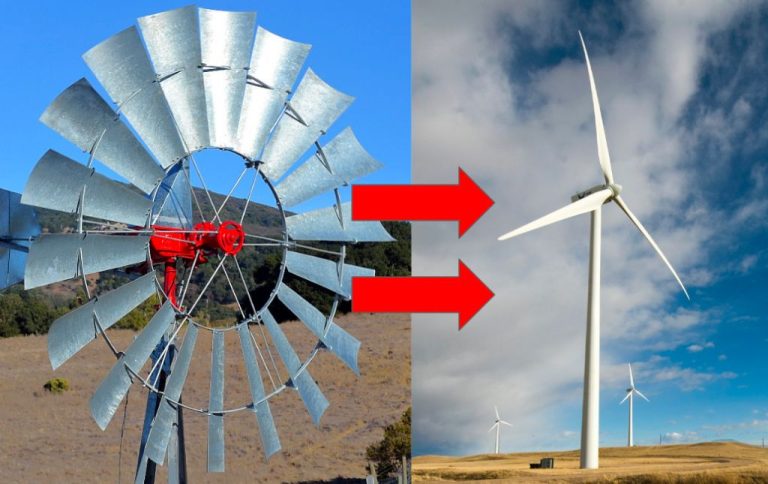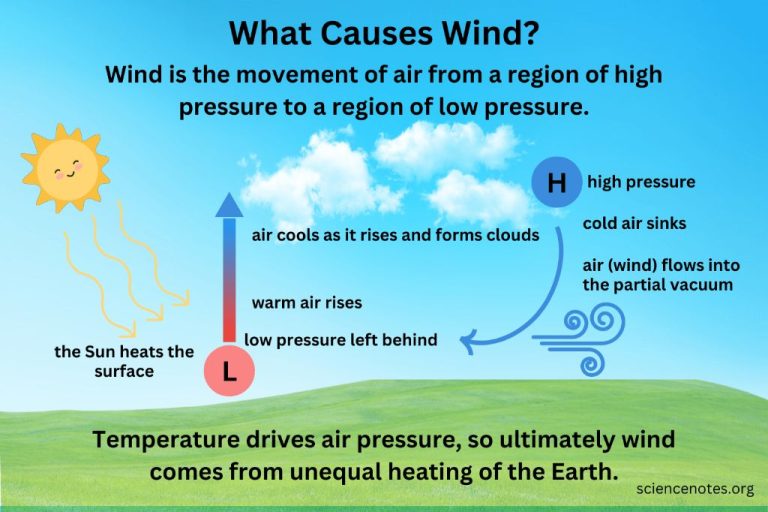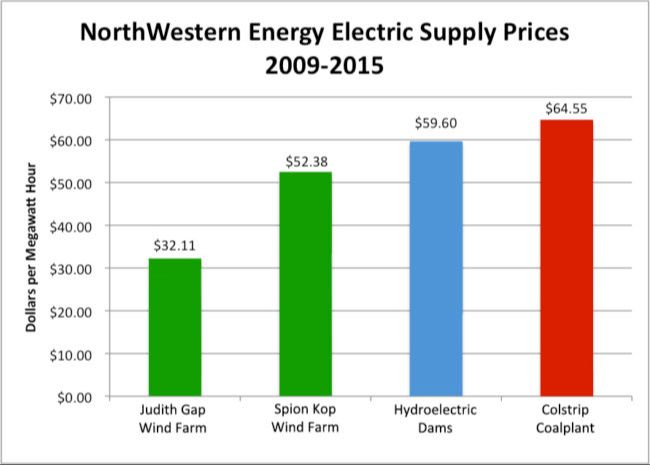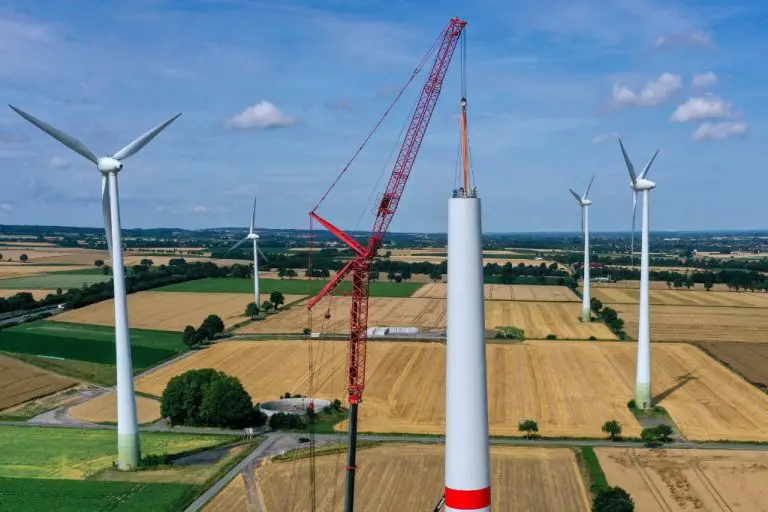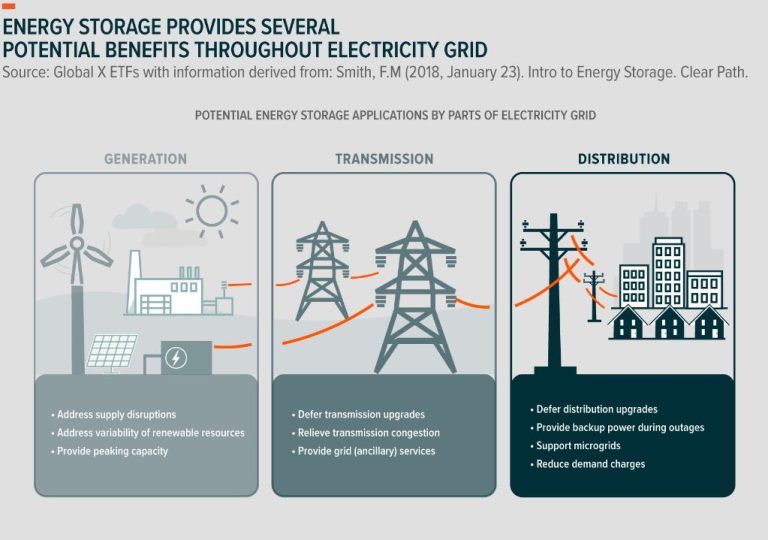Is Wind Or Natural Gas Cheaper?
With rising energy costs and growing concern over climate change, there is increasing interest in comparing the costs of electricity generation from different sources like wind and natural gas. This article will provide an in-depth analysis looking at the upfront costs, operations and maintenance, fuel costs, capacity factors, transmission costs, government incentives, and environmental externalities associated with wind and natural gas power. By examining the levelized cost, which accounts for all these factors over the lifetime of a generation asset, we can better understand if wind or natural gas is ultimately cheaper for producing electricity.
Upfront Costs
The upfront capital costs of building new wind farms are generally higher than building comparable new natural gas power plants. According to the U.S. Energy Information Administration (EIA), the overnight capital costs for onshore wind farms built in 2019 averaged $1,739 per kW, compared to $942 per kW for a natural gas combined-cycle power plant 1. However, wind turbines require less maintenance over their lifetime compared to natural gas plants. The capacity factor is also important to consider – wind farms generally have a lower capacity factor than natural gas plants, meaning more wind turbines are required to produce the same amount of electricity over a year. While wind power has higher upfront costs, its “fuel” is free and it produces no emissions during operation. Natural gas plants have lower capital costs but require continual purchases of natural gas fuel.
The upfront cost difference is narrowing as wind turbine technology improves. Larger and more efficient wind turbines help reduce the cost per unit of capacity. However, natural gas combined-cycle plants still tend to have lower overnight capital costs in most markets.
Operations & Maintenance
The ongoing operations and maintenance (O&M) costs are a key factor when comparing wind and natural gas power plants. According to research, wind turbines generally have lower O&M costs than gas power plants.
One study from the National Renewable Energy Laboratory found that operations and maintenance costs for wind turbines averaged around $10-15 per MWh, compared to $30-50 per MWh for natural gas plants (https://www.nrel.gov/docs/fy06osti/37720.pdf). These O&M costs include routine inspections, repairs, spare parts, and administration. For wind, major component replacements are also factored in.
Wind O&M costs tend to be low because once turbines are installed, there are no fuel costs and few moving parts. Routine maintenance is primarily focused on inspections, oil changes, and monitoring. Gas plants have more components like turbines, boilers, and cooling systems that require frequent maintenance and repairs.
However, a report from the California ISO found that variable O&M costs for gas plants averaged $2.11 per MWh compared to $4.87 per MWh for wind (http://www.caiso.com/documents/variableoperationsandmaintenancecostreport-dec212018.pdf). This shows that fluctuating, incremental O&M costs may be higher for wind due to unplanned repairs.
Overall, total ongoing O&M costs tend to favor wind power over the lifetime of a plant. But gas plants can have advantages in terms of lower variable costs that only occur when generating electricity.
Fuel Costs
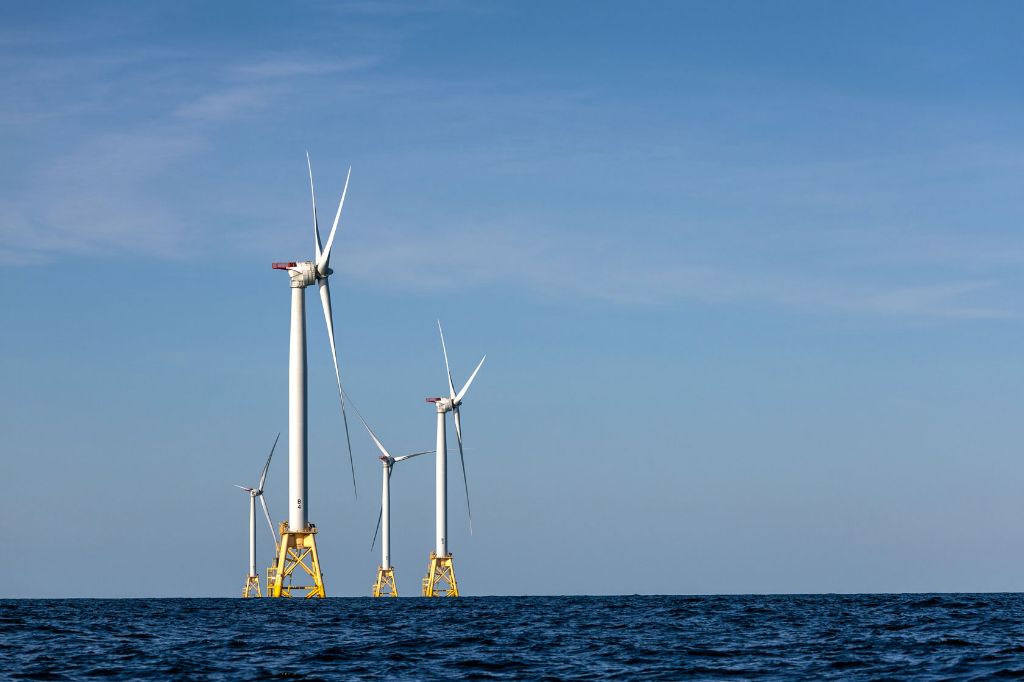
One of the key advantages of wind power is that it has no fuel costs, as the “fuel” is simply the wind. This provides price stability since wind is free.
In contrast, natural gas prices can be volatile as they are affected by market conditions like supply and demand. Prices fluctuate regularly, making natural gas generation less predictable from a cost perspective.
According to the U.S. Energy Information Administration, the cost of natural gas delivered to electric generators averaged $7.28 per thousand cubic feet in 2022, more than double the 2020 average of $3.38.
With no exposure to fuel price shifts, wind energy’s operations and maintenance costs are more consistent over time compared to natural gas plants. The lack of fuel costs is a major factor that helps make wind competitive and shields consumers from energy price spikes.
Capacity Factor
Capacity factor measures how much energy a power plant produces compared to its maximum capacity. It is calculated as the ratio of actual electricity generated in a year divided by the maximum possible generation if the plant was running at full capacity all year.
On average, wind turbines in the U.S. have a lower capacity factor than natural gas power plants. According to the U.S. Energy Information Administration, the average capacity factor for wind generators was 35% in 2021, while the average for natural gas combined cycle plants was 56% (EIA). Capacity factors can vary significantly by region though, and in some areas wind achieves higher capacity factors than gas.
The intermittent nature of wind contributes to its lower nationwide capacity factor. Wind speeds fluctuate seasonally and daily, causing wind turbine output to vary. Natural gas plants can operate more consistently when needed. However, technological improvements are allowing wind turbines to capture more energy and increase capacity factors over time.
Transmission Costs
A major consideration when comparing wind and natural gas is the cost of transmitting the electricity from the power plant to the end user. Wind turbines are often located farther from population centers and require substantial investments in transmission infrastructure. According to a report from the U.S. Department of Energy, transmission infrastructure accounts for up to 15% of the total capital costs of new wind power projects (https://www.energy.gov/sites/default/files/2022-08/land_based_wind_market_report_2202.pdf).
In contrast, natural gas power plants can be located closer to demand centers and make use of existing pipelines and infrastructure. A 2009 study found that adding wind power to the grid increased transmission costs by 2–3 cents per kilowatt-hour of wind energy (https://www.osti.gov/servlets/purl/948131). These transmission costs can make wind power less competitive compared to natural gas in some locations.
However, continued investments in transmission upgrades and new high-voltage lines can help integrate more renewable energy and lower costs over time. Government incentives and policies also aim to encourage transmission build-out to access remote renewables. Nonetheless, the infrastructure and land costs associated with transmitting wind power over long distances remains a key factor when comparing competitiveness with natural gas generation.
Government Incentives
The wind power industry has benefited from various federal incentives and subsidies over the years. Some of the major incentives for wind power include the production tax credit (PTC), which provides a per-kilowatt-hour tax credit for electricity generated, and the investment tax credit (ITC), which allows developers to deduct a percentage of capital costs from their taxes (Source 1). These tax credits make wind power more affordable and attractive for investors and developers. According to estimates, wind power subsidies reduce costs by around $15-35 per megawatt hour.
By contrast, the natural gas industry receives fewer direct subsidies from the federal government. The natural gas industry mainly benefits from subsidies for fossil fuel exploration, production, and infrastructure. However, these subsidies are significantly lower than those provided for renewable energy development (Source 2). Therefore, government incentives have played a major role in helping spur the growth of the wind power industry and bringing down costs.
Environmental Externalities
When comparing the costs of wind and natural gas power, it’s important to consider environmental externalities not captured in market prices. Burning natural gas for electricity emits carbon dioxide, a greenhouse gas that contributes to climate change. According to a 2019 study from the University of Texas Austin, the social cost of carbon emissions from natural gas is estimated at $28 per megawatt-hour (MWh) (1). In contrast, wind power produces zero emissions during operations. Accounting for the social cost of carbon emissions makes natural gas more expensive than wind.
Natural gas infrastructure also leads to leakage of methane, a greenhouse gas 86 times more potent than carbon dioxide over a 20 year period (2). Estimates of methane leakage range from 1.4% to 3.6% of gas production (3). Even at the low end, methane leakage imposes climate costs not reflected in the market price of natural gas power.
Other environmental considerations include air and water pollution from natural gas extraction and land use conflicts for wind power installations. Though difficult to quantify, these externalities should be considered when comparing the true costs of wind and gas.
(1) https://energy.utexas.edu/sites/default/files/UTAustin_FCe_LCOE_2016.pdf
(2) https://www.epa.gov/ghgemissions/understanding-global-warming-potentials
(3) https://www.utilitydive.com/news/study-natural-gas-wind-solar-cheapest-power-generation/540803/
Levelized Cost
The levelized cost of electricity (LCOE) is a measure used to compare different methods of electricity generation on a consistent basis. The LCOE represents the average total cost to build and operate a power plant over an assumed lifetime divided by the total energy output of the plant over that lifetime. It allows different technologies to be compared in terms of total costs rather than just initial capital costs.
According to data from the U.S. Energy Information Administration, the estimated levelized cost of onshore wind power in 2020 was $42.80 per megawatt-hour (MWh). For natural gas combined cycle plants, the estimated LCOE was $44.30/MWh. This means that on average, electricity from new onshore wind farms is slightly cheaper than from new natural gas plants (EIA).
There are some key factors that contribute to wind power’s low and competitive LCOE compared to natural gas:
- Wind turbines have no fuel costs once built, while natural gas plants require ongoing purchases of fuel.
- Technological improvements have lowered the capital costs of wind turbines over time.
- Federal tax credits reduce the effective initial investment for new wind farms.
However, the LCOE of wind can vary significantly by region, due to differences in average wind speeds and transmission costs. The LCOE of natural gas also varies based on fuel prices. So in some locations gas may still maintain a lower LCOE than new wind projects.
Conclusion
In summary, there are several factors that contribute to determining whether wind or natural gas is the cheaper option for energy generation. While natural gas plants have lower upfront costs and more predictable fuel costs, wind energy has no fuel costs and very low operations and maintenance costs. Transmission costs tend to be higher for wind due to the remote locations of wind farms. Wind also benefits from government incentives like the production tax credit. When accounting for negative environmental externalities, wind energy comes out ahead. Looking at the levelized costs, which account for all lifetime costs over the lifespan of the plants, onshore wind tends to be cheaper than natural gas. However, costs vary greatly based on location, government policies, and other factors. Ultimately, both wind and natural gas play important roles in our energy mix today and going forward.

